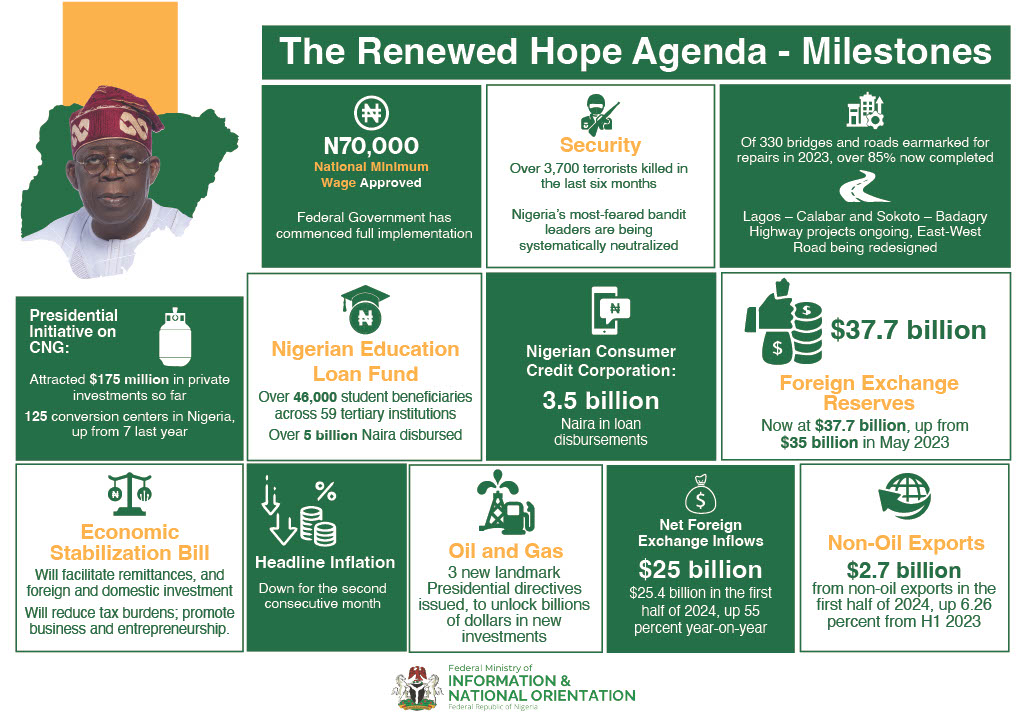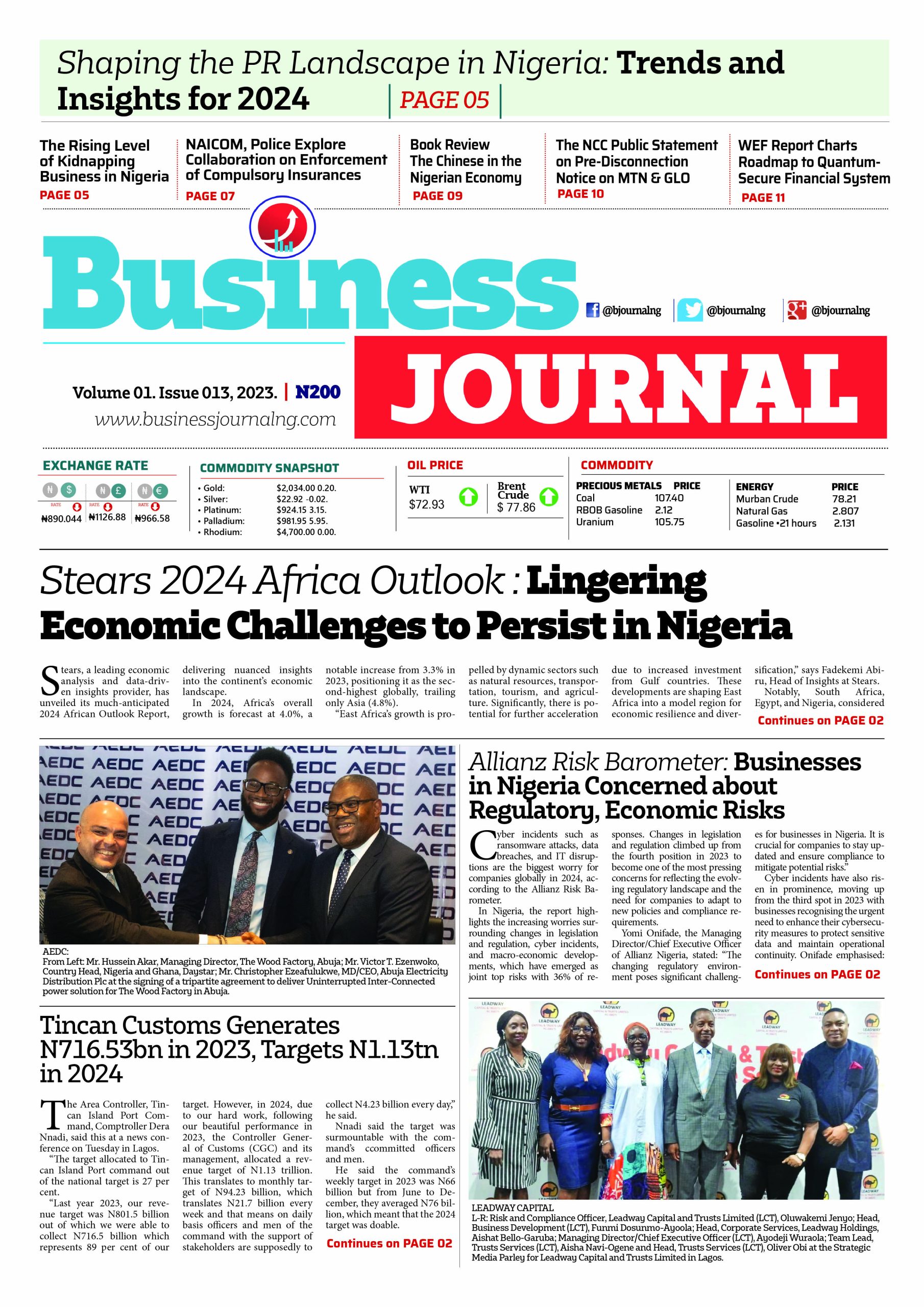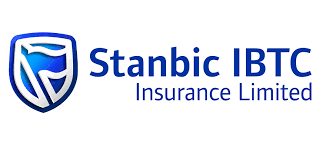The concept of microinsurance to deepen insurance penetration amongst the rural population in Africa was once a novel idea at industry seminars and fora. Today however, microinsurance has become a driving tool for the market to reach a larger segment of the population in terms of retail insurance services in Africa. Prince Cookey reports.
A study by the International Labour Organisation (ILO) in 2009 stated that about 14.7 million people or about 2.6% of the population living under $2 per day in 32 countries are covered by microinsurance products in Africa.
“Of these, South Africa alone, where funeral insurance is pervasive throughout even the poorest areas, represents 8.2 million, or almost 56% of the total. Also, of the total 14.7 million, 10.3 million are covered by products other than credit life. The total microinsurance premiums received in 2008 amount to about $257 million, out of which 88% was collected by regulated insurers.”
The 2018 Landscape of Microinsurance in Africa study conducted by Micro Insurance Network also stated that only 2% of Africa’s low-income population are currently served by micro-insurers.
‘And with more than 700 million low-income citizens, Africa is considered a major market for micro-financial offerings, including microinsurance.’
The study identified low competition and significant insurance gap as the two major factors driving operators and success of the microinsurance market in Africa.
It identified four types of microinsurance products thriving on the continent:
- Credit life and life insurance, which respectively represent 26.2% and 15.1% of the total premium collected in 2017, are considered as the original microinsurance products developed in Africa.
- Funeral insurance products, accounts for 17.4% of the total premium collected in 2017 in Africa, and are particularly successful in Southern African countries, including Zambia, Namibia, South Africa, Malawi, and Zimbabwe.
- Health insurance is another forefront microinsurance product which represents 25.5% of the total premiums collected.
- Crop and livestock insurance’s percentage of total premiums collected in 2017 stood at 4.9%.
Intissar Mounaji, a Senior Analyst at Infomineo argued that microinsurance distribution channels in Africa are highly reliant on partnership models with 68% using brokerage and agency channels to distribute their products while 22% partner with microfinance institutions to either directly sell the individual microinsurance policies or bundle them with other micro-financial products.
In Nigeria, the National Insurance Commission (NAICOM) on January 1, 2018 released a comprehensive guideline on the licensing and operation of microinsurance firms in the country.
In the guideline, NAICOM defined microinsurance as “insurance developed for low -income populations, low valued policies, micro and small -scale enterprises provided by licensed institutions, run in accordance with generally accepted insurance principles, and funded by premiums.”
Already, NAICOM has licensed GOXI Microinsurance Company Limited and CHI Microinsurance while 12 applications are still going through the licensing process.
Reflecting on the license granted his firm, Mr. Eddie Efekoha, the Group Managing Director/CEO, Consolidated Hallmark Insurance (CHI)Plc described microinsurance as the future of the insurance industry:
“We are set to take off with a robust network of retail and agency team that have contributed and continue to contribute immensely to the growth of the parent company. The future is in retail business and micro-insurance, if we are to reach the mass of the Nigerian people with quality, reliable and affordable insurance solutions. This low-income segment has remained largely untapped and we are ready to give it our best shot.”
Mr. Olorundare Sunday Thomas, the Commissioner for Insurance/CEO of NAICOM said the Commission is supporting the growth of microinsurance, especially at the rural areas of the country to help reduce the risk of losses by businesses in the Micro, Small and Medium Enterprises (MSMEs) segment of the economy.
The EFInA Access to Financial Services (A2F) in Nigeria 2016 survey highlighted that – of 96.4 million adults, only 0.3 million use microinsurance products.
The findings also suggested that while uptake is currently low, 32.1 million adults will be interested in using microinsurance. This presents a significant opportunity for microinsurance operators to develop products that meet the needs of adult Nigerians.
In essence, the opportunities and barriers identified by the survey include:
Opportunities:
- Large Adult Population of 96.4m (2016)
- Expanding Distribution Channels
- Favourable Regulatory Environment
- Mature Financial Services Sector
Barriers:
- Sustainability of Microinsurance Schemes
- Low Awareness of Microinsurance in Nigeria
- Weak Customer Value Proposition and Products Bundling
- Insufficient profiling and understanding of the Nigerian Microinsurance market
- Inadequate/inefficient Distribution Channels
The microinsurance market in Africa represents a step forward for the insurance industry in terms of penetration if operators are willing to scale the challenges and tap into the opportunities.
NB: First published by same author (Prince Cookey) in Africa Ahead.










